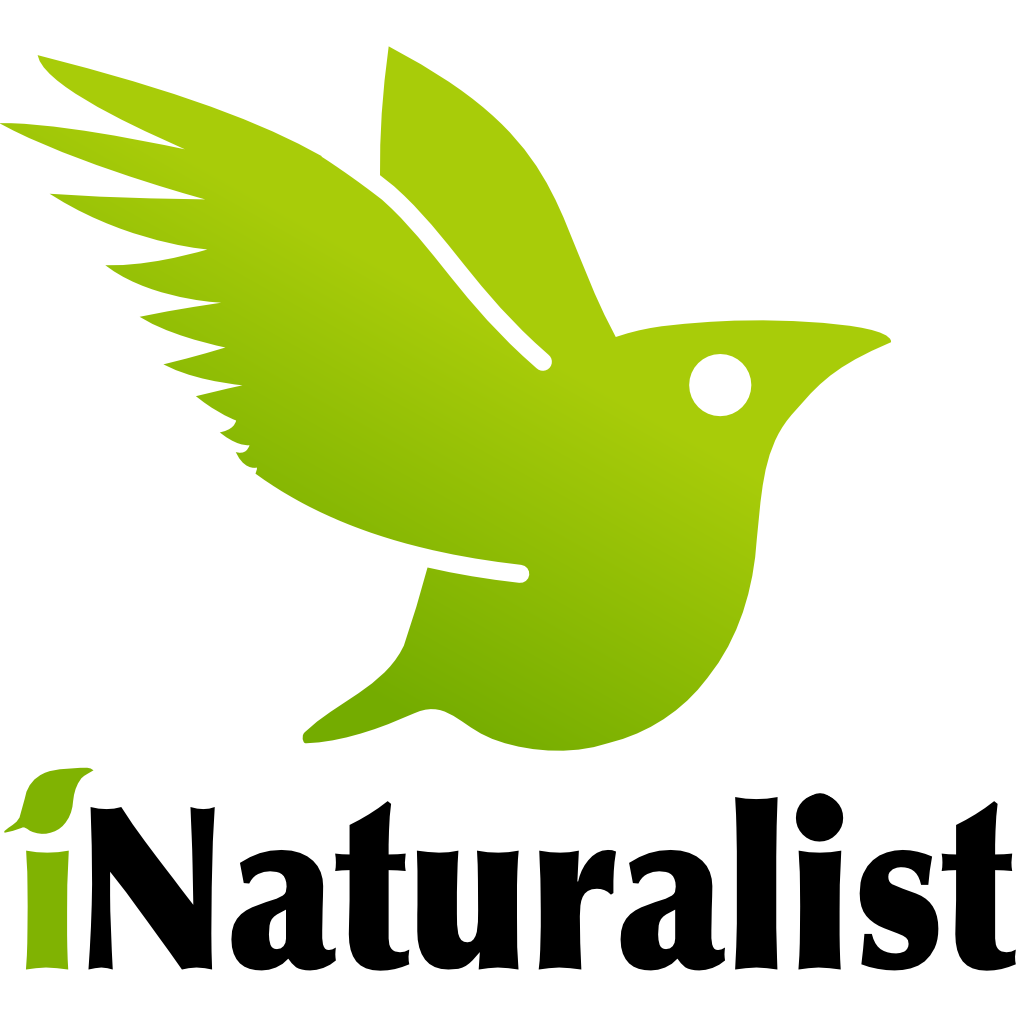Blog

#bioPGH Blog: iNaturalist
 A resource of Biophilia: Pittsburgh, #bioPGH is a weekly blog and social media series that aims to encourage both children and adults to reconnect with nature and enjoy what each of our distinctive seasons has to offer.
A resource of Biophilia: Pittsburgh, #bioPGH is a weekly blog and social media series that aims to encourage both children and adults to reconnect with nature and enjoy what each of our distinctive seasons has to offer.
The Steller sea lions were an odd contrast to the Pennsylvania wildlife and plants that I had documented around home, but that’s what vacation was for! We were visiting the island of San Juan, just between Washington State and Vancouver Island, and I was keeping track of my observations of nature on the app iNaturalist. Until that vacation, all of the observations on my profile were native Pennsylvania species, such spring peepers, forsythia, eastern skunk cabbage, and our spotted salamanders; but now I had the chance to document the things I was seeing in the Pacific Northwest. It was a handy way to keep track of the awesome biodiversity across the continent.
What was this iNaturalist app that I was using? It’s fantastic tool that helps scientists and nature enthusiasts of all levels identify the flora and fauna that surround us. Beyond that, it can be a way to connect with a scientist to help you identify that plant or insect that you’ve never seen before, or it’s a convenient way to know what interesting wildlife and plants had been spotted in your area in the last few days. Most excitingly, it’s a way to help with collecting real data that could have an impact on conservation. Best of all, it’s completely free!
Originally, iNaturalist was developed as a masters’ project at UC Berkeley as a platform to track observations in nature, but over the years, the app has expanded and was adopted by the California Academy of Science. The benefits of the app now users to keep track of their observations in addition to connecting with other users to assist in identification and collecting potentially useful monitoring data. For example, if you see a rare flower, take a picture, and upload it to iNaturalist—that record could ultimately help botanists determine the range of the flower or learn more about it. A growing body of literature is helping scientists learn how best utilize this wealth of data, and governmental agencies and nonprofit organizations already regularly use the app to manage public events like bioblitzes (what’s a bioblitz, you ask? Keep reading!)
To get started you can either create your profile on the iNaturalist website or the app. The app is free to download, and when you search for it in Play Store or in the App Store, look for this logo:

Upon downloading, you can follow the prompts to either log in to your account or create a new account. This should only take a few minutes, and you’re ready to start documenting your local biota!
One of the reasons we are so excited about iNaturalist is that Phipps will be using the app to record plant, wildlife, etc, observations during our BioBlitz in June, and you can help! What is this bioblitz, you ask? A bioblitz is an event that unites scientists, naturalists, and community members in a citizen science event to document the biodiversity within a given area and time frame. Our BioBlitz will take you from the front lawn of Phipps into Schenley Park to help our naturalists identify the trees, native plants, mammals, fish, aquatic organisms, and everything in between! Once you have loaded iNaturalist, the Phipps Conservatory BioBlitz will be available for you to join as a member, and on the big day, you can upload your observations directly to the event! (Just in case you run into any trouble getting started, we will have a Phipps staff person on hand to help.)
Important: Before you download the app, do read the Terms of Service. Also, if you are under 18, be sure to discuss with a parent or guardian before trying the app, and always be aware of internet safety.
Connecting to the Outdoors Tip: Before the BioBlitz, you can practice using iNaturalist at any park or natural area. If you do upload observations from areas within human care, though, be sure to check the box for “It is captive or cultivated.” That way, any researchers using the data will know whether or not it can be included in their study.
Continue the Conversation: Share your nature discoveries with our community by posting to Twitter and Instagram with hashtag #bioPGH, and R.S.V.P. to attend our next Biophilia: Pittsburgh meeting.

